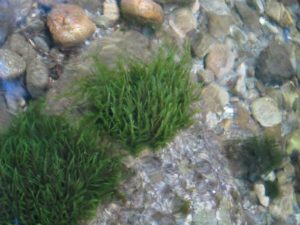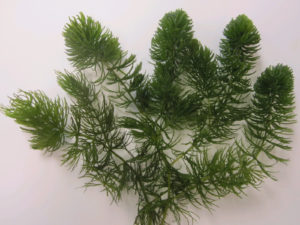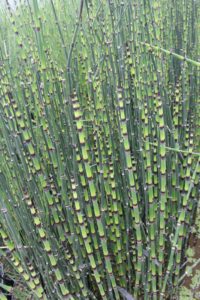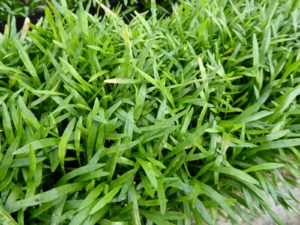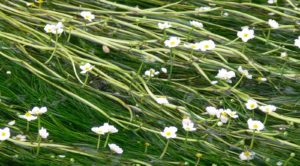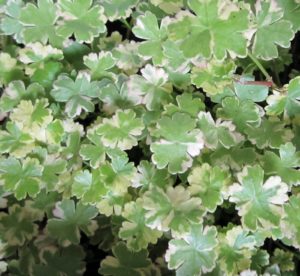Best Oxygenating Pond Plants UK
Keen to bring new life to your outdoor pond? Oxygenating plants support fish, pollinators and all sorts of plants in a healthy and vibrant pond.
There are quite a lot to choose from and for the uninitiated it can be quite overwhelming to decide on which plants are best for a healthy pond.
What is an oxygenating plant?
Besides the obvious benefits of improving the decorative qualities and providing a vital home for all kinds of creatures such as: insects, frogs newts, and baby fish, the main function of an oxygenating pond plant is to raise the oxygen levels of the water to a level of at least 6 ppm to support the life of the aquatic animals in the pond.
Moreover, this has the added benefit of not having to use some sort of oxygen pump, which can be problematic for fish and other animals.
Top 7 picks for Oxygenating Pond plants in the UK
Choosing pond plants native to the UK is best to support the long-term health of your pond. We have brought together some of the most reliable for oxygenating your pond.
1.Willow Moss (Fontinalis Antipyretica)
–A UK native, evergreen plant that thrives in both sun and shade which is best suited for growing in cooler, moving water
-Optimal depth range of 30cm – 90cm and grows at a fast rate.
2.Hornwort (Ceratopyllum demersum)
-A UK native, this plant is a low maintenance option which is great for beginners as it is ordinarily pest/disease free so does not require any pruning.
-Optimal depth range of 35cm – 350cm and grows at an average rate.
3 .Horsetail/Mare’s Tail (Equisetum arvense)
-A UK native, recognised ordinarily by an upright posture, this plant is perceived as an annoying weed on land but a great addition to water with a fir tree- like appearance that develops in summer from fertile light brown stems which also require little maintenance.
-Optimal depth range of 0cm – 15cm and a slow growth rate.
4 .Micro Sword (Lilaeopsis brasilensis)
-A Brazil native, usually grown as a carpet in an aquarium. This pond plant is a great addition due to its compatibility with most species of fish.
-Optimal depth range of 0cm – 100cm and a slow growth rate.
5 .Water crowsfoot (Ranunculus aquatilis)
-A UK native, has beautiful buttercup- like, five petalled flowers which have a yellow centre which do require pruning (cut back after flowering).
-Optimal depth range of 0cm – 100cm and a fast growth rate.
6.Crystal confetti (Hydrocotyle sibthorpioides ‘variegata’)
– Originally from South-eastern Asia, this oxygenating plant forms fleshy scalloped-edged leaves that are green with a cream-white border but has long creeping shoots which have the potential to form dense mats of leaves on the water’s surface if kept unchecked.
-Optimal depth range of 0cm – 25cm and an average growth rate.
7.Water Violet (Hottonia palustris)
-A UK native, this plant is as pretty as it sounds with lovely pale lime green leaves and provides a hiding place for larvae and a surface for adult dragonflies to sunbathe on.
-Optimal Depth range of 5cm – 80cm and an average growth rate.
Extra Tips for Using Oxygenating Pond Plants
1.Apart from aesthetically overcrowding the pond, too many oxygenating plants can be a bad for wildlife and compromise the amount of animals the pond can support
2.It’s a good idea to include more than one variety of oxygenating plant for improved bio-diversity in the pond.
3.When disposing of lant roots that are no longer needed, try to avoid the possibility of them reaching natural waterways.
4. A general rule to follow to achieve a good amount of oxygenating plants in your pond is 3-4 bunches per m².
5. Do not introduce too many oxygenating plants at once. Stick to one or two at a time and give them chance to establish before planting more.
6. Do not rely only on oxygenating plants to support wildlife – other plants such as marginals, floating, submergent etc.. all help to create the ideal environment for your pond to thrive.


